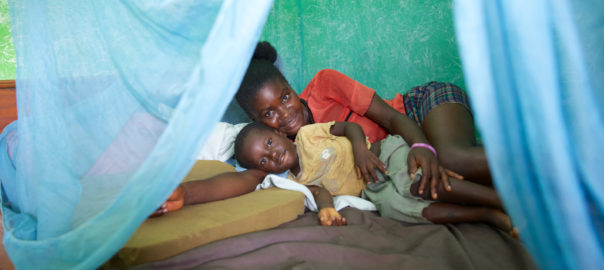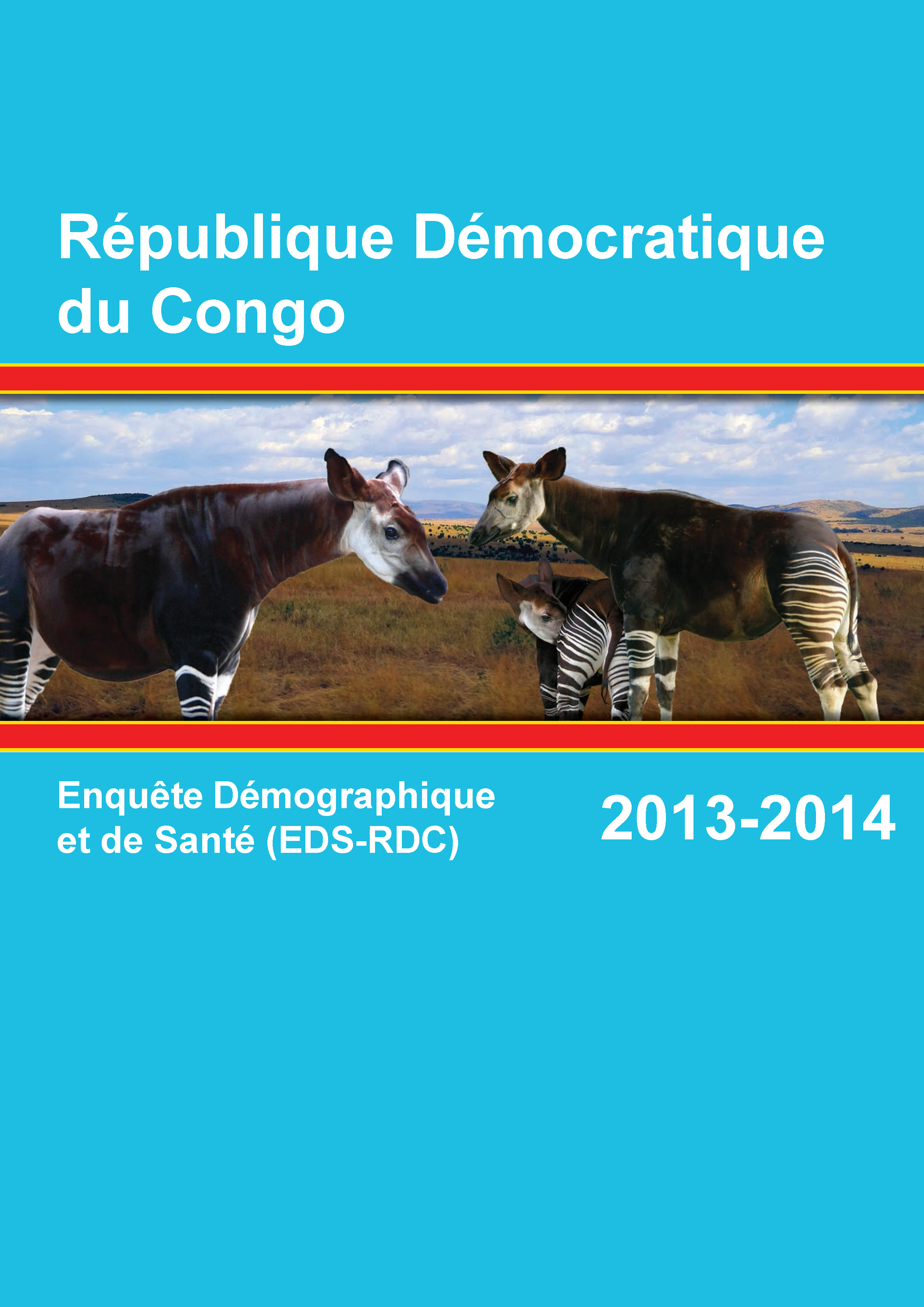New e-Learning Course: Measuring Malaria through Household Surveys

The National Malaria Control Program (NMCP) in the Democratic Republic of Congo (DRC) recently reoriented their communication strategy around insecticide-treated nets or ITNs, moving from a focus on behavior change around ITN use to a focus on net care and repair to extend the life of existing ITNs. Why the change?
 The 2013-14 DRC Demographic and Health Survey (DHS) showed that only 50% of the household population had slept under an ITN the night before the survey, an indicator they wanted to improve. But when they dove deeper into ITN use, interpreting it in the context of ITN access, a different picture emerged. The survey also found that 47% of the population had access to an ITN. Interpreting these two indicators together, the NMCP redefined their strategy with the understanding that people were using the ITNs they had, and since use was higher than access, more than two people were using each net. In this context, the behavior change messages needed to be targeted toward helping people extend the life of their ITNs.
The 2013-14 DRC Demographic and Health Survey (DHS) showed that only 50% of the household population had slept under an ITN the night before the survey, an indicator they wanted to improve. But when they dove deeper into ITN use, interpreting it in the context of ITN access, a different picture emerged. The survey also found that 47% of the population had access to an ITN. Interpreting these two indicators together, the NMCP redefined their strategy with the understanding that people were using the ITNs they had, and since use was higher than access, more than two people were using each net. In this context, the behavior change messages needed to be targeted toward helping people extend the life of their ITNs.
This kind of data use is only successful when decision makers understand the indicators that are informing their policies and programs. Our new course on K4Health’s Global Health eLearning (GHeL) Center, Measuring Malaria through Household Surveys, dives into the major malaria indicators, guiding learners through the process of collecting and calculating these indicators and through considerations for their interpretation.
The DHS Program has continuously sought to develop tools and curricula to strengthen the capacity of stakeholders to use survey data. From the survey report and dataset to STATcompiler and the mobile app, from tutorial videos to the user forum, and from one-day Data to Action workshops to advanced data analysis workshops, we are always innovating to meet users’ needs.
 Last year, The DHS Program developed a Malaria Indicator Trends workshop curriculum to increase the capacity of data users from National Malaria Control Programs to utilize DHS/MIS data to answer key programmatic questions and to accurately interpret trends in malaria indicators. The workshop targets users who needed more information than could be provided in a one-day dissemination workshop but who do not have (or need) the skills to analyze with STATA. It was immediately clear that this workshop, which dives into each of the recommended indicators, their calculation, their limitations, and considerations for their interpretation, was meeting a need for data users. The next step to increase the well-informed use of these important indicators was to expand the reach of this curriculum through an online course on the Global Health eLearning Center platform.
Last year, The DHS Program developed a Malaria Indicator Trends workshop curriculum to increase the capacity of data users from National Malaria Control Programs to utilize DHS/MIS data to answer key programmatic questions and to accurately interpret trends in malaria indicators. The workshop targets users who needed more information than could be provided in a one-day dissemination workshop but who do not have (or need) the skills to analyze with STATA. It was immediately clear that this workshop, which dives into each of the recommended indicators, their calculation, their limitations, and considerations for their interpretation, was meeting a need for data users. The next step to increase the well-informed use of these important indicators was to expand the reach of this curriculum through an online course on the Global Health eLearning Center platform.
This free course targets professionals (both generalist staff working on malaria as well as those with programmatic expertise in malaria) from donor agencies, ministries of health, and implementing and collaborating agencies. It takes 2-3 hours to complete and can be taken as a part of the Monitoring & Evaluation or Infectious Diseases certificates offered through the GHeL center.
When the indicators from household surveys are better understood, better programmatic decisions will be made.
Photo Credit: © 2016 Sarah Hoibak/VectorWorks, Courtesy of Photoshare


Thanks for sharing this post,
is very helpful article.
Thanks for sharing this Great article
I appreciate the valuable time you have used to share this.
Thank you Kris for sharing this good and inspiring Stuff. Keep sharing!
Thank you very much for these great, practical ideas. Like others who have commented, I need to create/revamp some portfolio examples. This article is very timely.
Like i said my heart has always been clean n true for you i cant even think how life is gona be with out you n how im gona live it with out you by my side
I love the idea of a poll! I know that all these ideas work well because you taught them to me and I have found a way to survive in the organic reach game!
Thanks for the great reminders, Kim. I’m not finding that poll page
We have benefited the subject thanks.
Thank you so much for writing this. good idea
Topic is really excellent !
Beautiful article. thank you
Beautiful article. thank you
Thanks for all the research paper it was very informative.!!
Thank you a lot for this web site
Merci beaucoup pour vos efforts